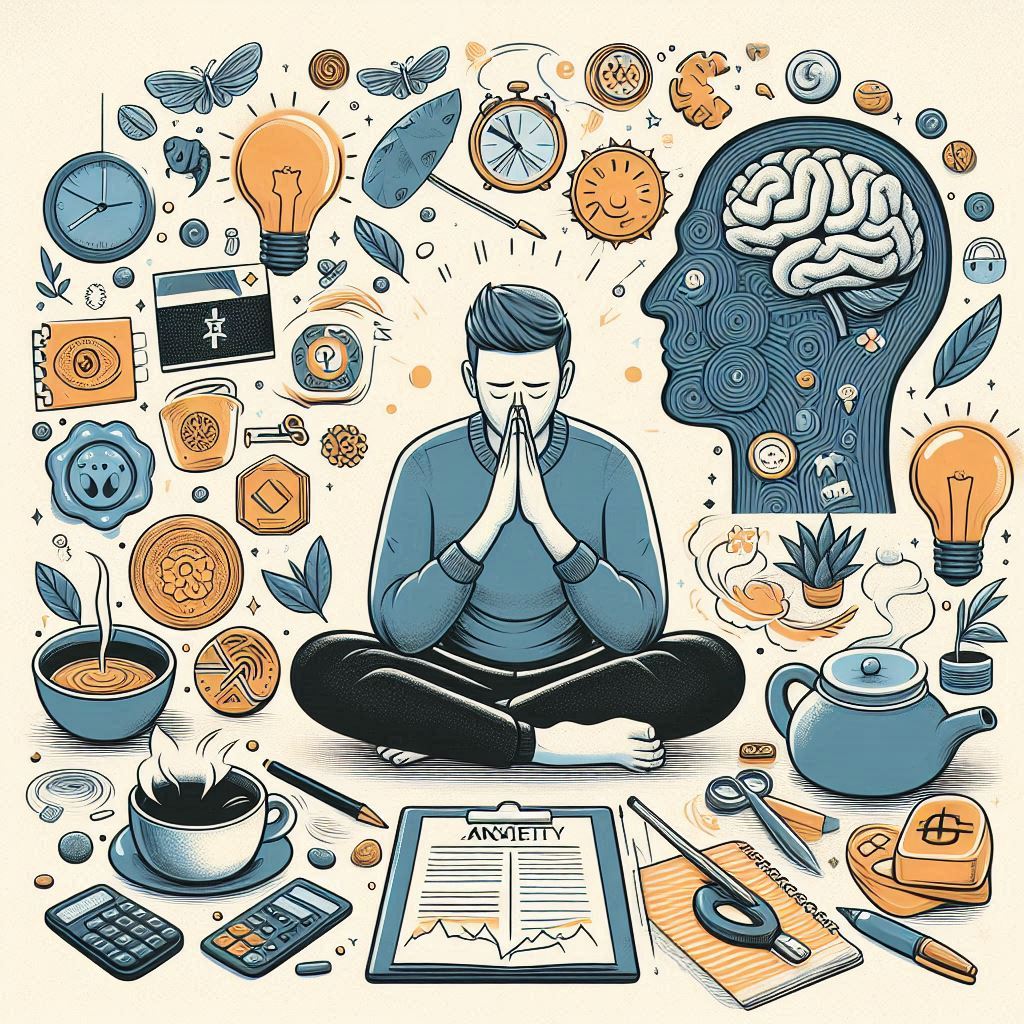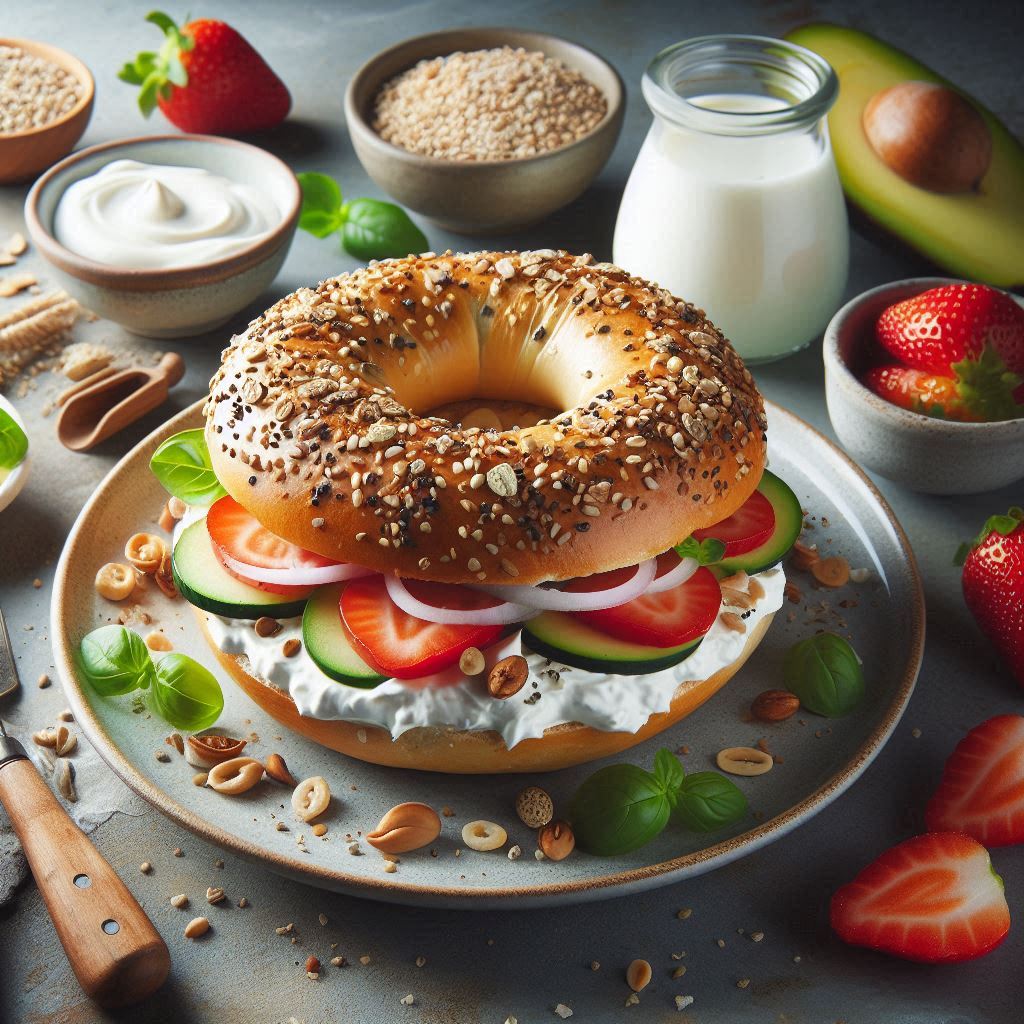
Anxiety has become one of the most prevalent mental health challenges in the modern world. According to the World Health Organization, over 260 million people globally suffer from anxiety disorders. From daily stressors at work to personal life pressures, anxiety can disrupt normal functioning, affecting sleep, relationships, and overall well-being.
This guide aims to provide a comprehensive, practical approach to managing anxiety, combining evidence-based strategies, lifestyle adjustments, and professional resources.
Understanding Anxiety
Anxiety is more than occasional worry or stress. It is a persistent, excessive feeling of fear or nervousness that interferes with daily life. Symptoms may include:
- Racing thoughts or constant worry
- Physical symptoms like rapid heartbeat, sweating, or shortness of breath
- Sleep disturbances or fatigue
- Difficulty concentrating
- Avoidance of certain situations
Common types of anxiety disorders include:
- Generalized Anxiety Disorder (GAD) – Persistent and excessive worry about everyday events.
- Social Anxiety Disorder – Intense fear of social situations or judgment.
- Panic Disorder – Sudden episodes of extreme fear accompanied by physical symptoms.
- Specific Phobias – Anxiety triggered by particular objects or situations.
Recognizing the type and triggers of anxiety is the first step toward effective management.
Practical Techniques to Manage Anxiety
1. Breathing Exercises
Deep breathing techniques help regulate the nervous system, reducing the fight-or-flight response.
Box Breathing Technique:
- Inhale for 4 seconds
- Hold breath for 4 seconds
- Exhale for 4 seconds
- Hold for 4 seconds
- Repeat for 5–10 minutes
Consistent practice lowers heart rate, calms the mind, and improves focus.
2. Mindfulness and Meditation
Mindfulness encourages individuals to stay present and observe thoughts without judgment. Regular practice has been shown to reduce anxiety symptoms significantly.
- Start with 5–10 minutes of guided meditation daily.
- Focus on your breath or body sensations.
- Acknowledge anxious thoughts, then gently return to the present moment.
Apps like Headspace or Calm can provide structured guidance for beginners.
3. Cognitive Behavioral Techniques (CBT)
CBT is one of the most effective treatments for anxiety. It involves:
- Identifying Negative Thought Patterns: Recognize irrational or exaggerated fears.
- Challenging Thoughts: Replace them with balanced, rational perspectives.
- Behavioral Experiments: Gradually confront feared situations to reduce avoidance.
Working with a licensed therapist trained in CBT can accelerate progress.
4. Exercise and Physical Activity
Regular physical activity releases endorphins, the body’s natural mood elevators, and reduces cortisol, the stress hormone.
- Aim for at least 30 minutes of moderate exercise most days.
- Activities like jogging, yoga, or swimming have proven anxiety-reducing effects.
- Even short walks outdoors can improve mood and clarity.
5. Healthy Sleep Habits
Sleep and anxiety are closely linked. Poor sleep can exacerbate anxious thoughts, creating a vicious cycle.
- Maintain a consistent sleep schedule.
- Avoid screens 1 hour before bedtime.
- Create a relaxing bedtime routine with reading or light stretching.
- Limit caffeine and alcohol in the evening.
6. Nutrition and Hydration
Diet plays a subtle but important role in anxiety management:
- Consume omega-3 rich foods like salmon, walnuts, and flaxseed.
- Include magnesium and zinc from leafy greens, nuts, and seeds.
- Limit processed foods, sugar, and caffeine, which can worsen anxiety.
- Stay hydrated to maintain cognitive and emotional balance.
7. Social Support
Isolation can amplify anxiety. Connecting with friends, family, or support groups:
- Offers emotional reassurance
- Encourages sharing coping strategies
- Reduces feelings of loneliness or overwhelm
Online communities or local mental health groups can provide additional support if in-person connections are difficult.
8. Journaling
Writing down worries and emotions can help externalize anxious thoughts.
- Start a daily journal to track triggers and coping methods.
- Use prompts like “Today I felt anxious because…” or “I managed my anxiety by…”
- Reflecting on progress reinforces coping skills and self-awareness.
9. Limiting Exposure to Triggers
- Reduce time spent on anxiety-inducing media or social media platforms.
- Break larger tasks into smaller, manageable steps to prevent overwhelm.
- Set realistic expectations for work and personal life.
10. Professional Help and Medication
For severe or persistent anxiety:
- Therapists or Counselors – Provide personalized strategies and interventions.
- Psychiatrists – Can prescribe medication when appropriate, including SSRIs or benzodiazepines.
- Online Therapy Platforms – Offer accessible support from home.
It’s essential to consult professionals before starting any medication.
Lifestyle Adjustments for Long-Term Anxiety Reduction
- Practice Gratitude: Daily reflection on positive experiences improves emotional resilience.
- Engage in Hobbies: Creative or relaxing activities reduce mental stress.
- Set Boundaries: Learn to say no and prioritize personal time.
- Stay Consistent: Small, consistent efforts often yield more sustainable results than drastic changes.
Conclusion
Anxiety is a normal human response, but when it interferes with daily life, proactive management is essential. By combining breathing exercises, mindfulness, CBT techniques, physical activity, healthy nutrition, sleep hygiene, social support, and professional guidance, individuals can regain control over their mental health.
Remember, overcoming anxiety is a journey, not a race. Consistency, self-compassion, and willingness to seek support are key to achieving a calmer, more balanced life.
Whether you are experiencing mild stress or a diagnosed anxiety disorder, these strategies provide a holistic approach to navigating the challenges of modern life while promoting emotional resilience and well-being.
İlgili içerik: How Mindfulness Meditation Can Transform Your Mental Health





